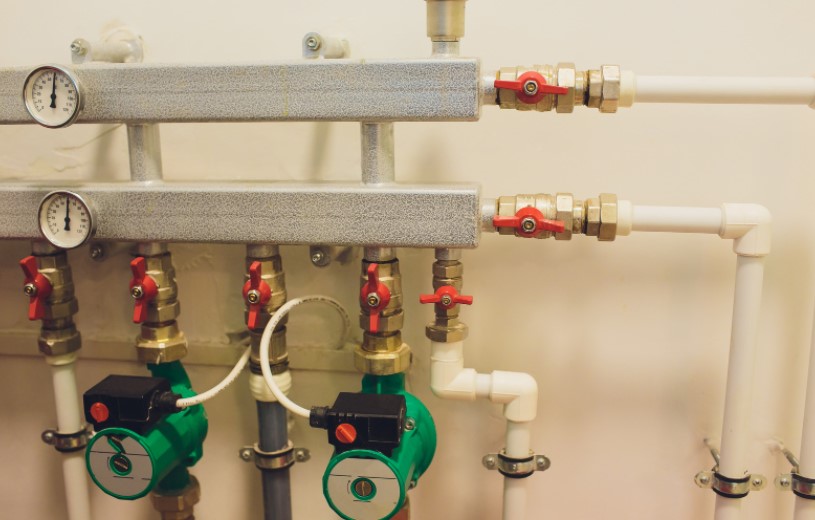Residential houses need a hot water supply to ensure comfort for those living in the spaces. However, it can be challenging to determine the ideal equipment for the properties. You can find different items in the market, and it would help to have background knowledge on the water heating systems. The information in this read can help you determine what is suitable for your home. Read on to gain valuable insights into the different types of water heating cylinders.
Table of Contents
The Functionality of Water Heating Cylinders
Hot water cylinders offer a central place for water heating. The installation is usually in the house, and the cylinders either heat the water directly or indirectly. A direct heating cylinder will have the features to heat the water it stores. You will use a switch to turn on the heater and heat the cold water that gets into the cylinder. It is advisable to have a timer system to control the equipment. It will ensure safety at home.
On the other hand, you can use an external source to heat water from a cylinder. It entails heating the water before it gets into the cylinder. The most common method for heating water can be solar panels or electric boilers. Unlike the direct heating cylinder, where it utilizes an immersion heater, the indirect method uses coils in the water cylinder to heat water. The process is repetitive to ensure the water attains the required temperatures.
Types of Water Heating Cylinders
Commercial and residential houses use cylinders to heat water. The system runs through different rooms in a property to supply the essential commodity. A water heating cylinder will hold and heat water to distribute it through pipes to taps or shower installations in the property. A person’s home needs will determine the cylinder type in their property. The two main types of cylinders are vented and unvented. Let us look at them independently to understand how both types work.
Vented Cylinder
The vented type will use gravity to supply water to the destinations. The system contains a tank that provides cold water to the cylinder. It will require piping to feed water from the main supply to the heating equipment. Since it utilizes gravity to distribute water, the pressure at the outlet will be minimal. It might require you to find alternative ways to increase the water pressure for efficient supply around the house.
One advantage is that the system will still function even when you receive water at low pressures. You can insulate the cylinder to prevent heat loss and reduce energy consumption.
Unvented Cylinder
It is a pressurized system that requires mains water to operate. In addition, it does not require a storage tank for the cold water. So, it is an efficient system when having a small space. You will connect it to the existing pipes and take water from the main supply. However, the water pressure needs to be high for the system to function. Therefore, it is not ideal for houses that receive water at low pressure.
The main raw material for the unvented cylinder is stainless steel, making them long-lasting. Also, they are energy efficient and will help you save on utility bills.
The Ideal System
It is vital to select the right size of cylinder to use in your home. The choice depends on the amount of water you use at home. It should ensure you heat the amount you will be using for a particular period. Making the right choice involves having a cylinder that heats without refilling the storage. You can find different sizes for either type of cylinder you select. Talk to the vendor to know what would suit your home needs.

